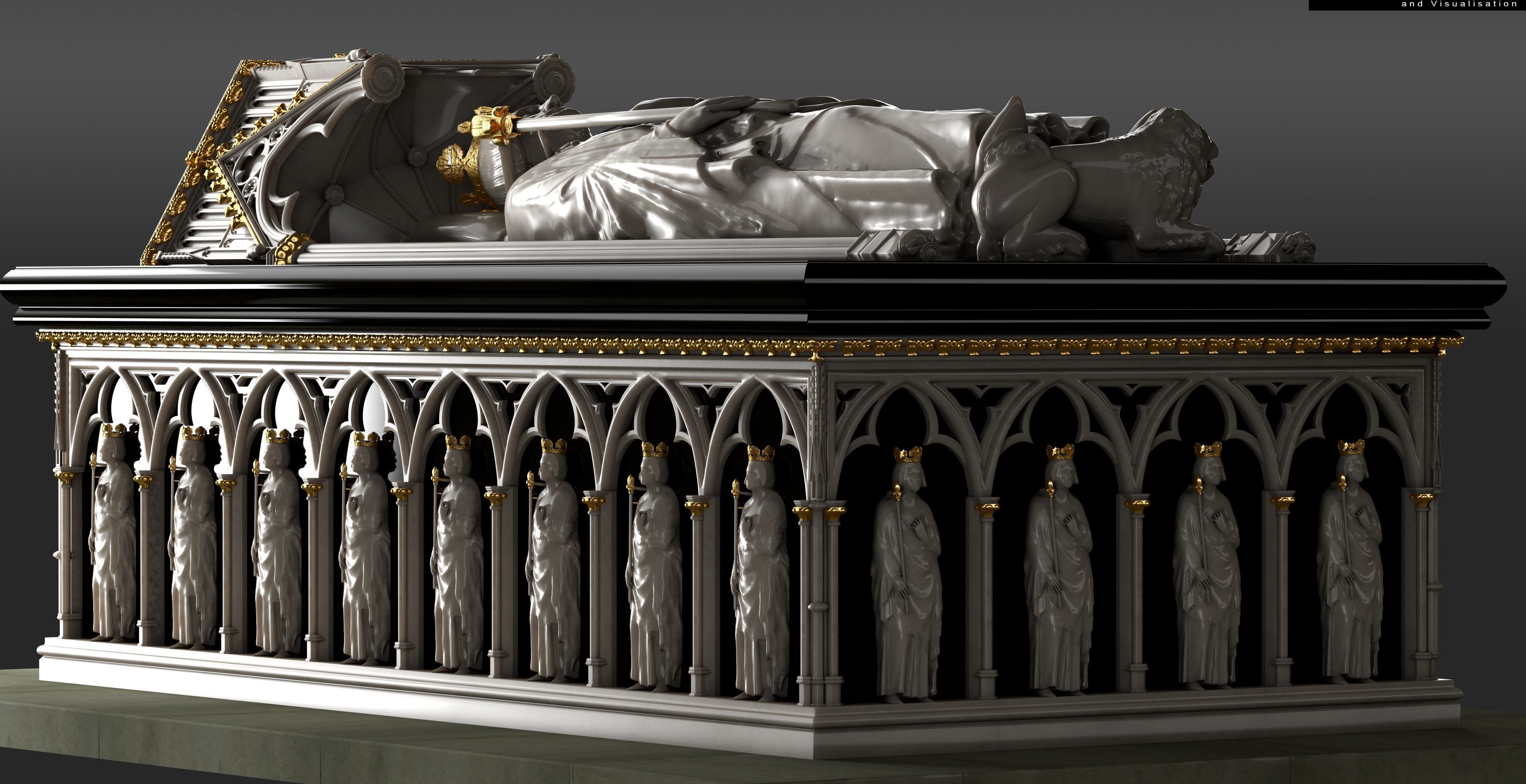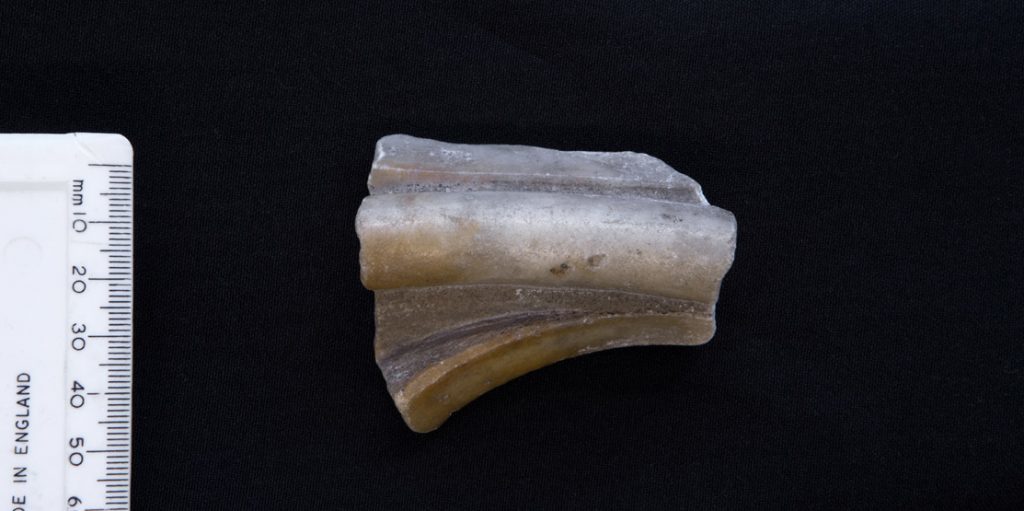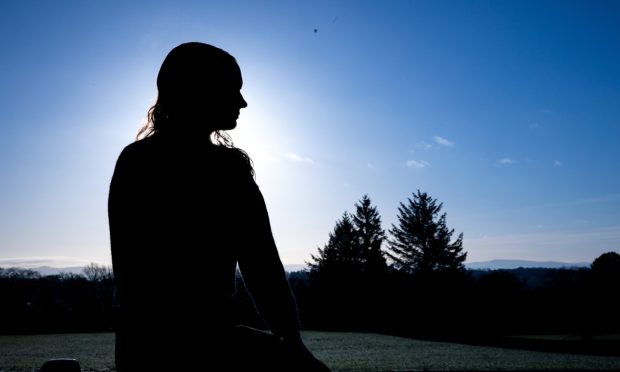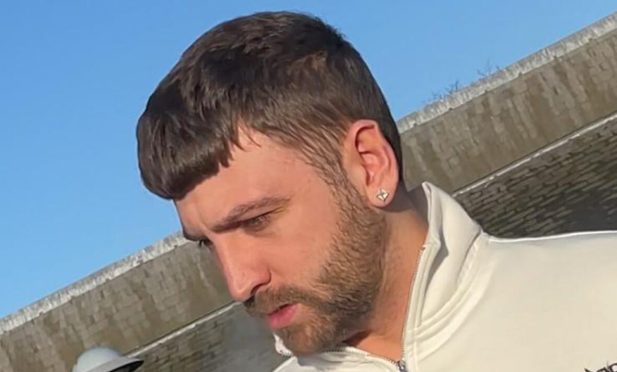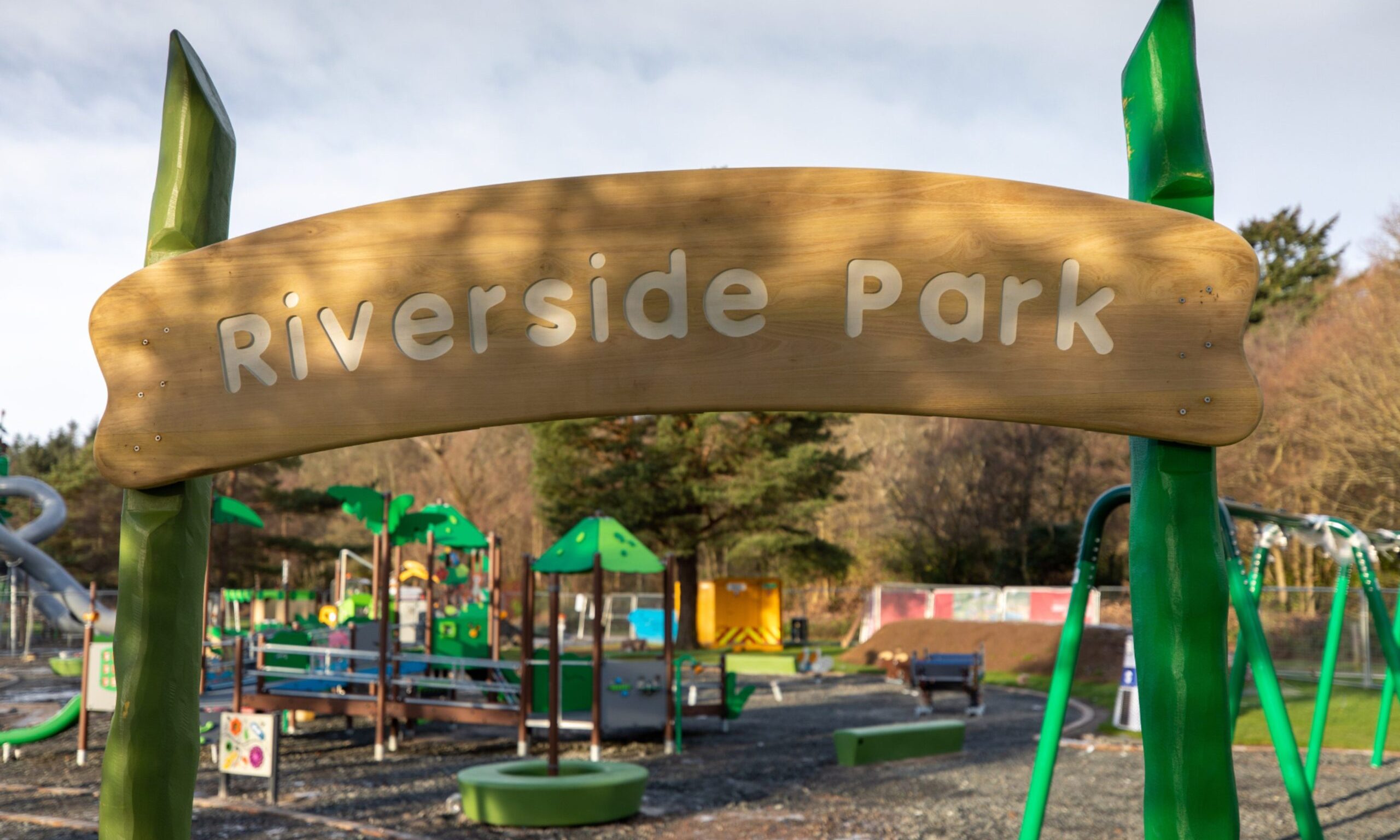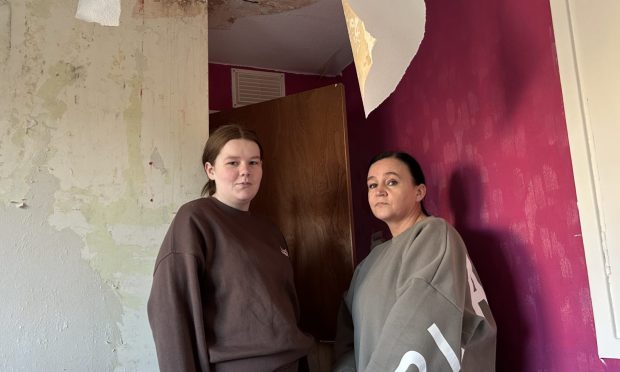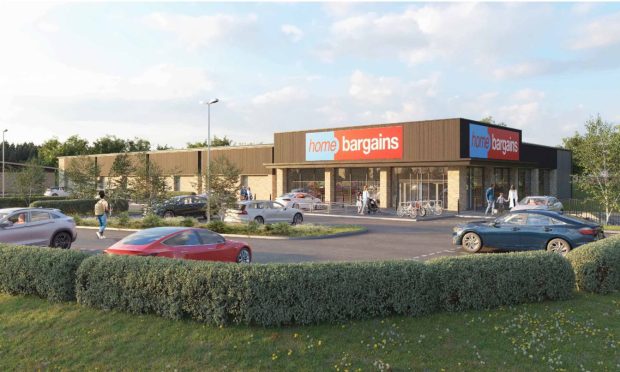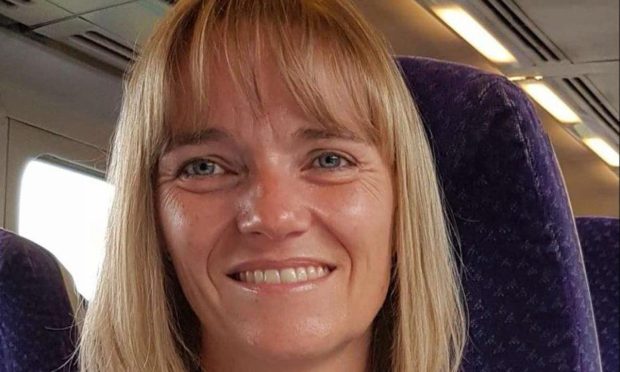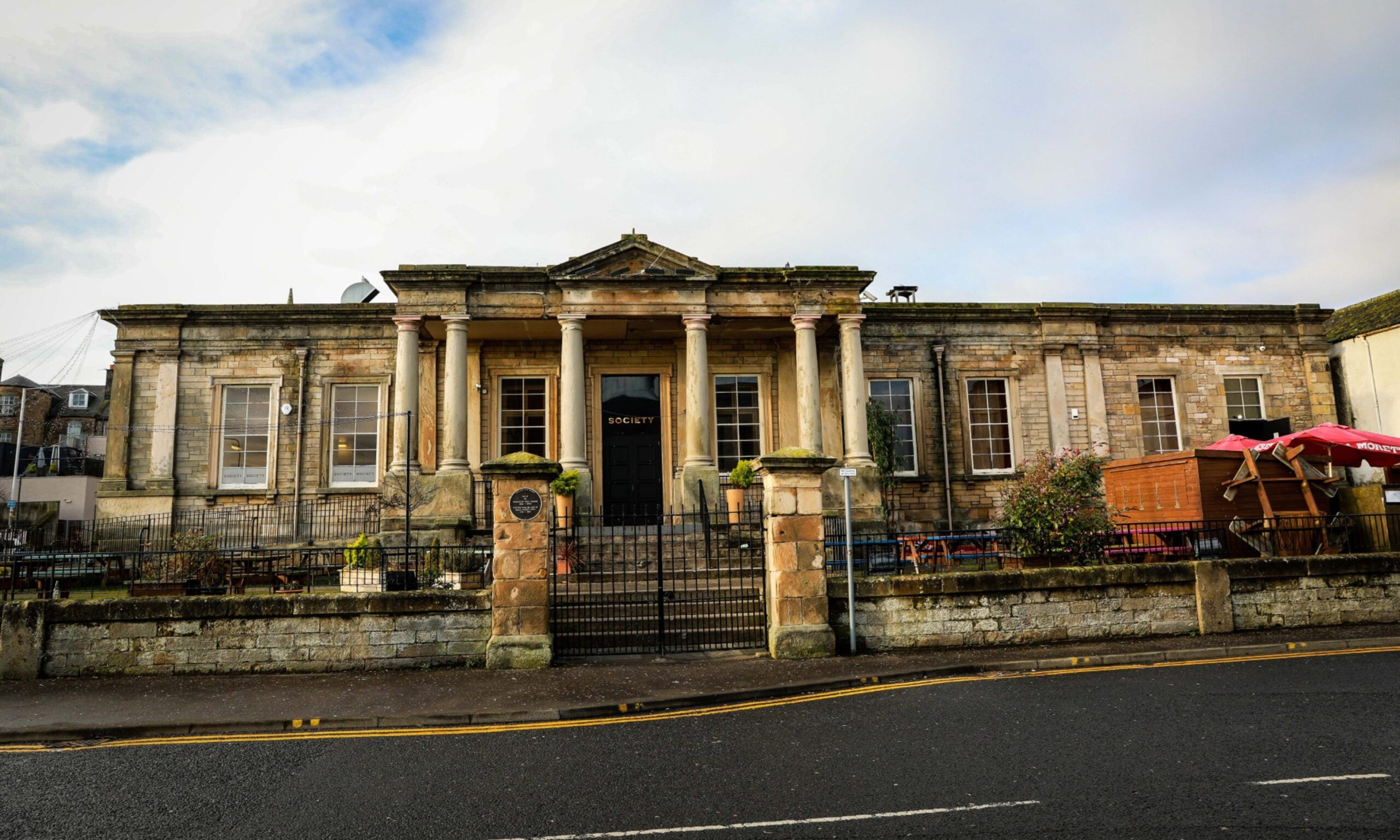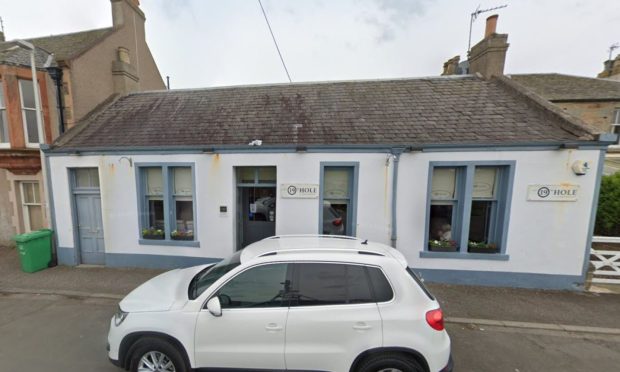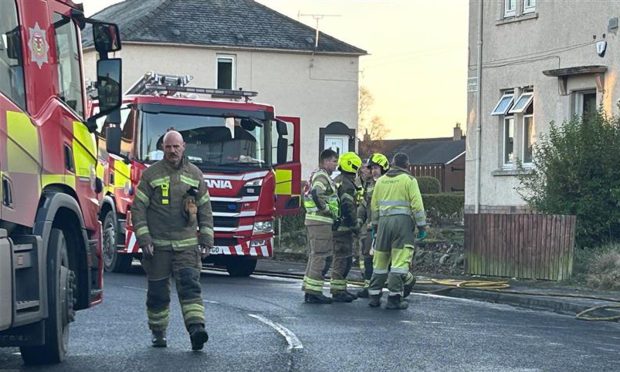The lost tomb of King Robert the Bruce has been reconstructed for a new exhibition just a few miles from his greatest triumph.
The exhibition, which starts at the Stirling Smith Art Gallery and Museum next month, is the culmination of cutting-edge archaeological research conducted by Scottish heritage bodies which have used original artefacts to produce the first 3D digital model of the Bruce Tomb.
Bruce, who famously led the Scots to victory at the Battle of Bannockburn, died in 1329 and his Dunfermline Abbey grave was marked by a white marble tomb imported from Paris.
Although the monument was destroyed — probably during the Reformation era — fragments of carved and gilded marble and alabaster from the tomb were discovered during the early 19th century.
Specialists behind the new exhibition used those clues to recreate the tomb.
Elspeth King, director at the Stirling Smith Art Gallery and Museum, said everyone involved with the project was delighted with the results.
“Historical, sculptural, scientific and digital information has been used to model in virtual form the tomb of King Robert and to place it in its architectural setting in the choir of Dunfermline Abbey,” she explained.
“By far the greater part of the Dunfermline tomb has been lost, yet the few surviving marble fragments are readily identifiable as elements of the arcaded tomb chest and canopy, typical of the French monuments, and allowed the team to piece together the overall design of the whole monument.
“Very little is known to survive of the effigy, but it is highly probable that this would have followed the conventionalised pattern of the French royal effigies at St Denis.
“Years of painstaking detective and digital work have brought the canopied, white marble royal tomb back into existence.
“Using only written records and a few marble fragments, the task has been as tricky as cloning a dinosaur from a fossilised egg.
“The results are amazing.”
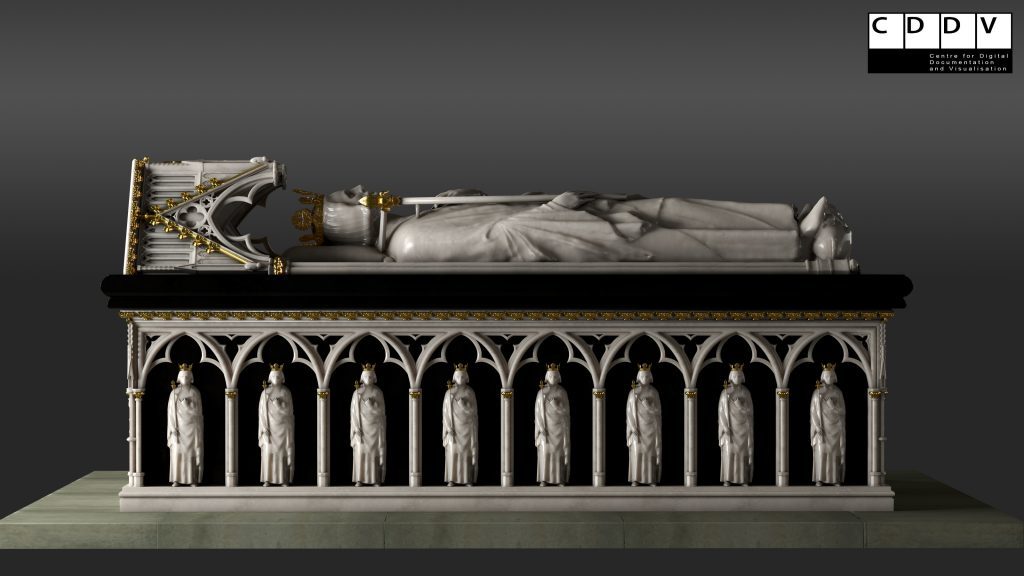
The Lost Tomb of Robert the Bruce exhibition will be officially opened at the Smith Art Gallery and Museum on August 7 by the King’s descendent, Lord Charles Bruce.
After that, the exhibition can be seen at the Stirling venue until October 2.
Bruce’s heart, taken on crusade to Spain by Sir James Douglas at Bruce’s request before his death, was eventually buried at Melrose Abbey.
